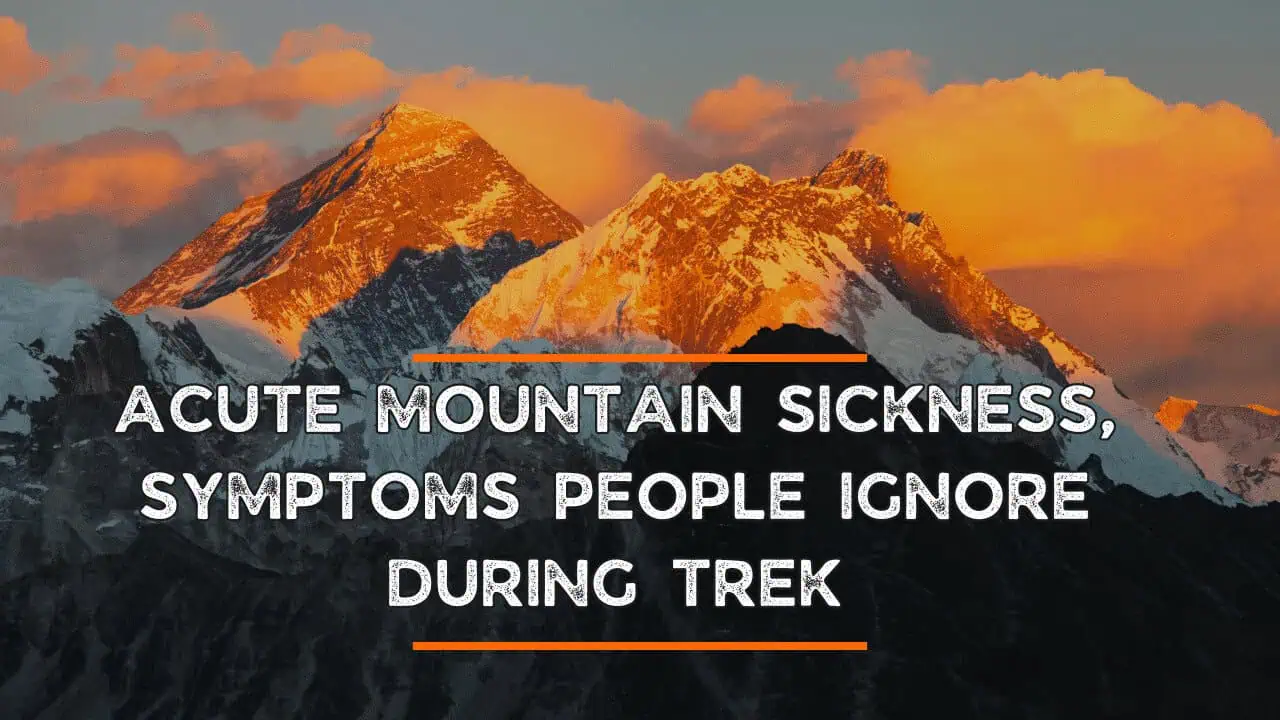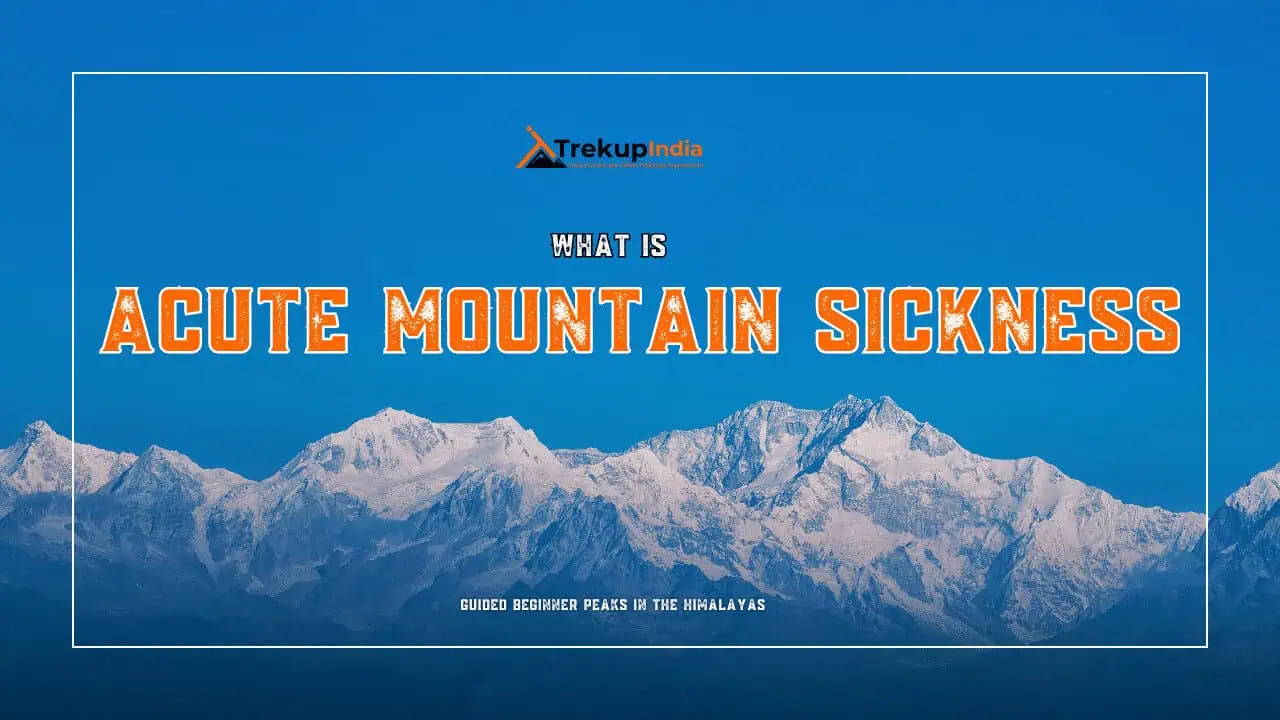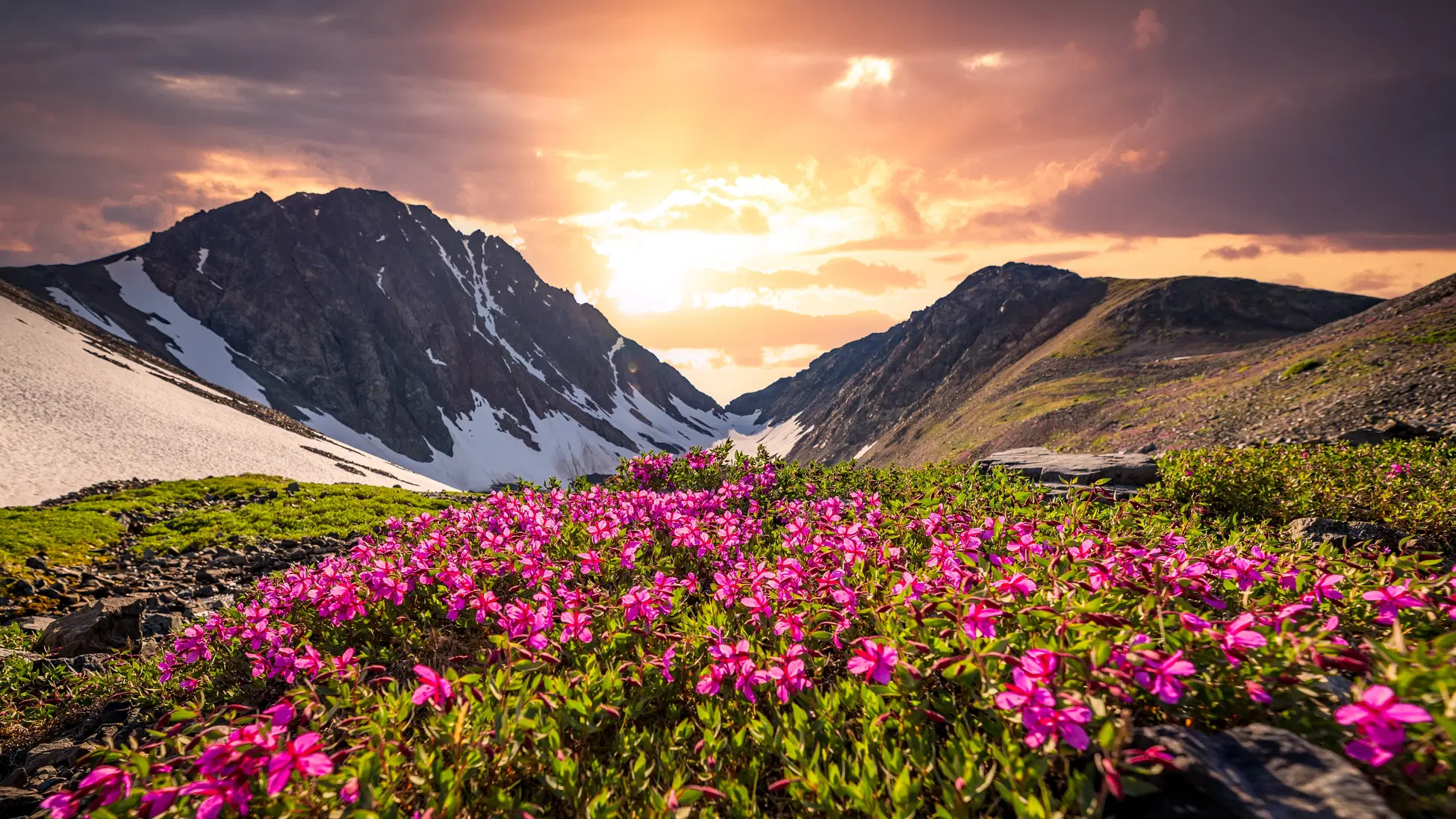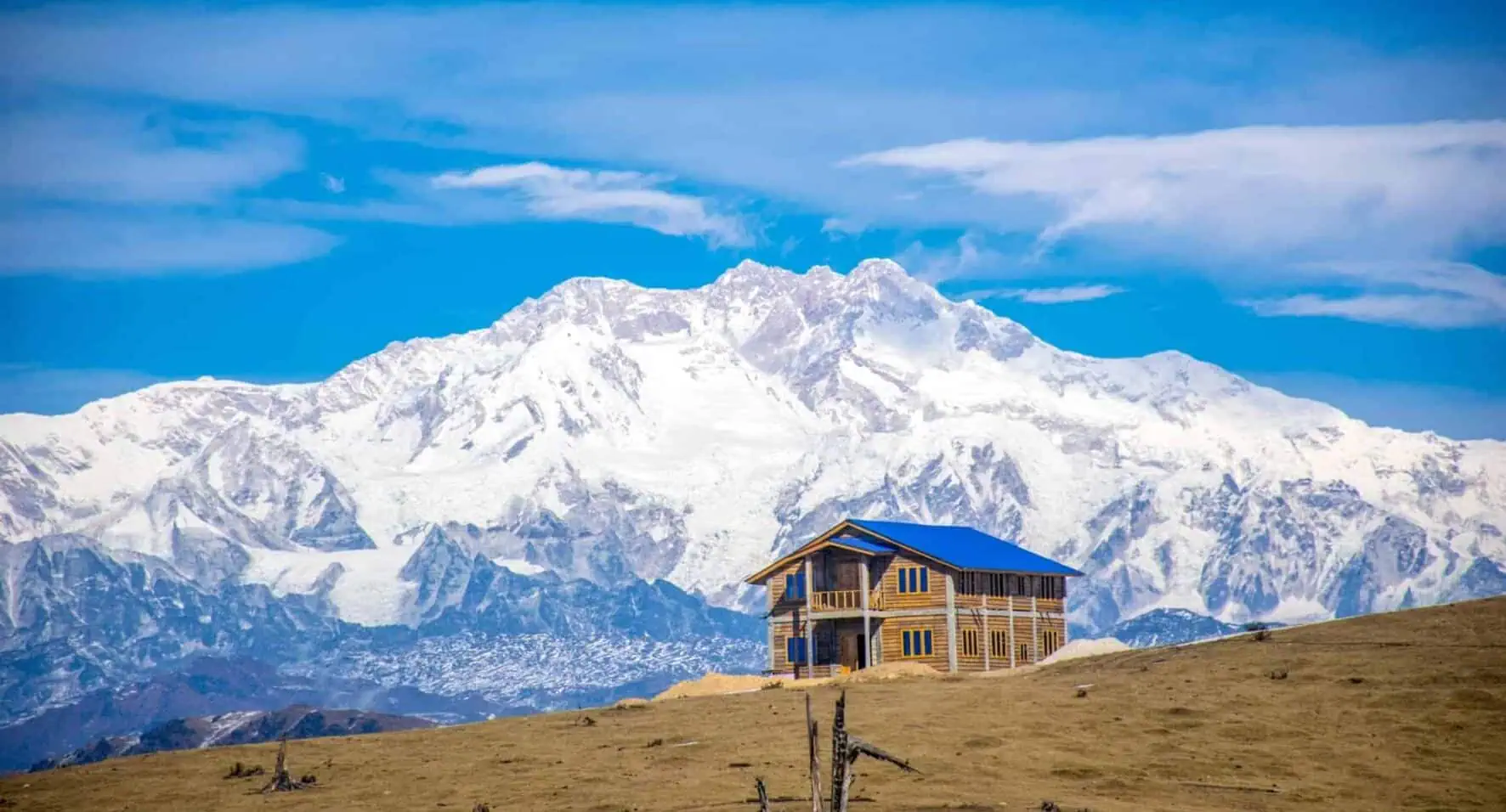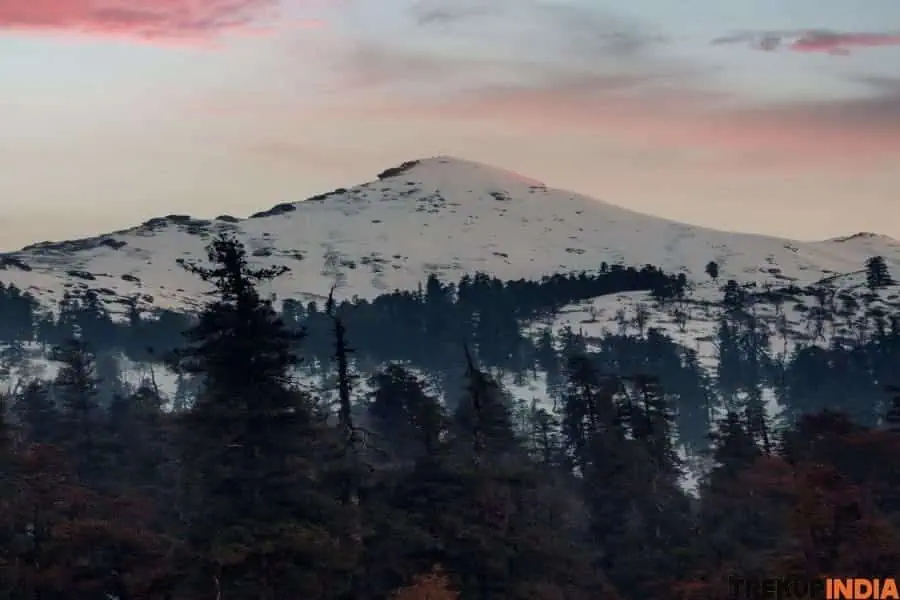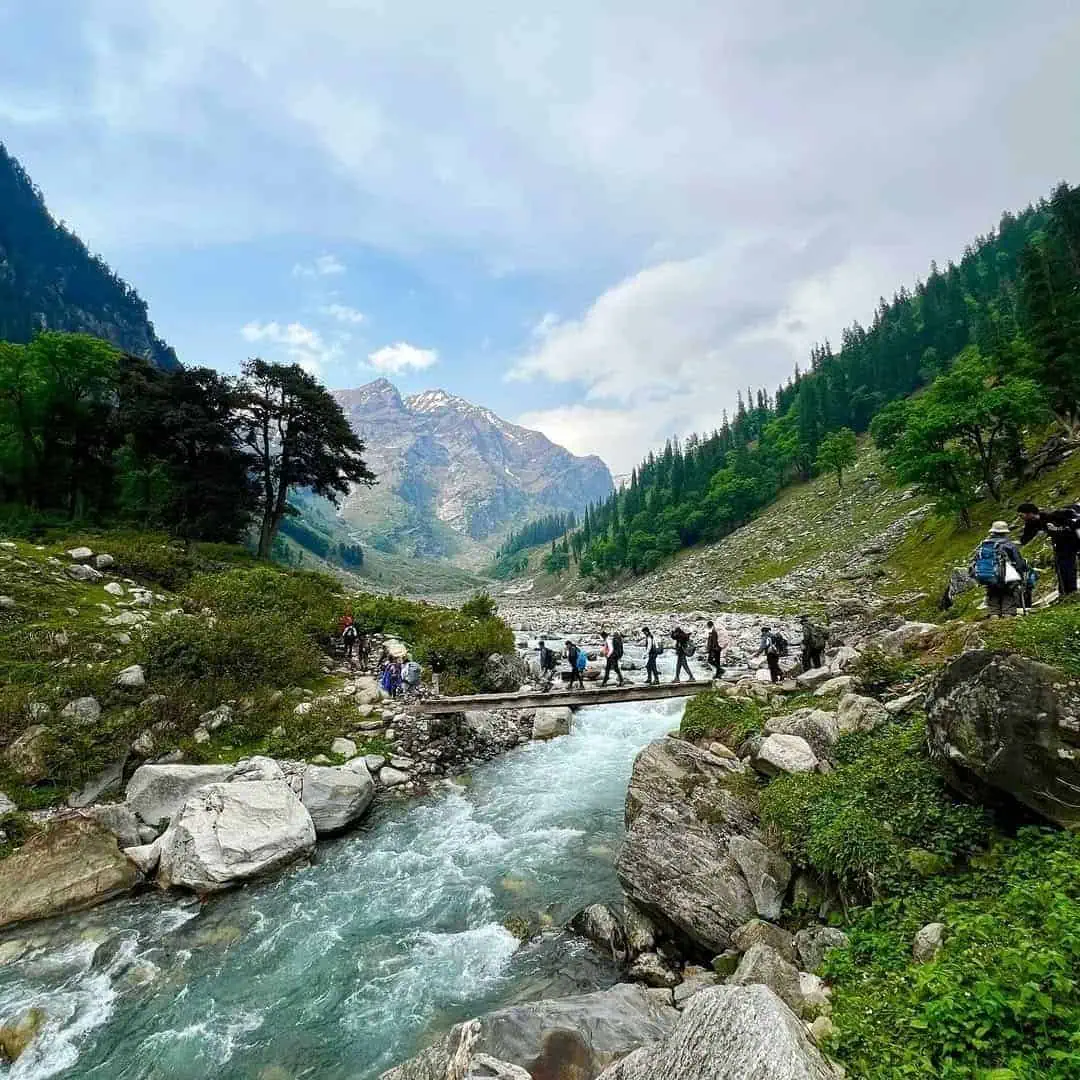Trekking Gear Rental India: Should You Rent or Buy for Your Trek?
Trekking can bring with it many adventures, yet it sometimes presents difficulties as well. One of the main issues for those trekking throughout India is deciding between renting or purchasing gear – we at Trekup India have assisted hundreds of trekkers when making this decision; here is our advice: Your decision should depend on factors like frequency of trips, goals set forth for them and budget considerations.
A practical guideline designed to assist in making the smartest possible choice.
Why the Gear Question Matters
When trekking the Himalayas or other trek regions, proper equipment is key – from warm jackets and sleeping bags to waterproof footwear and tents. But gear can be expensive, cumbersome and difficult to maintain; therefore, it is wise to consider which items you should invest in or rent carefully, as well as when renting may be more appropriate.
When to RENT Trekking Gear
Best for: Newcomers to trekking who are exploring the wilderness (1-2 trips annually), Travelers from all over the world avoiding baggage hassles, High altitude/specialized gear such as ice axes or crampons.
Top Items to Rent: Tents (large and seldom utilized outside of trekking)
Sleeping bags (season-specific and expensive to purchase)
Trekking poles (which can be useful but are often unnecessary)
Winter trekking requires proper attire – jackets, gaiters, and microspikes should all be packed away safely in your bag.
Pros of Renting:
Effective and Cost-Effective
Renting is both cost-effective and time-effective, saving between 60 to 80% compared with purchasing, without hassle for storage or mess in your home. Before making a decision to buy or rent equipment, it is wise to ensure its quality before purchasing or renting gear.
Cons of Renting: (Hygiene Concerns and Time Constraints)
Some gear is only available for short-term rental; peak seasons see it quickly booked up.
Where Can I Rent?
You can rent all the trekking gear from the Trekup India website rental portal.
When to BUY Trekking Gear
Best for frequent trekkers (3+ trips annually), who prioritize cleanliness and personal comfort. Also suitable for investors interested in long-term adventure investments.
Top Items to Purchase for Trekking: Trekking shoes must fit properly so as to prevent costly rentals.
Backpack (personal convenience is of utmost importance).
Base layers (hygiene-sensitive)
Headlamp/gloves (often utilized)
Pros of Purchasing:
Improved Hygiene; Sleeping bags or jackets may offer improved hygienic conditions; Convenience is available when any spontaneous journey arises, and long-term savings (less expensive than five treks)
Cons of Buying: And the downsides: An Initial investment cost and more storage space needed than expected, due to large sleeping bags/tents are both essential.
Budget Buying Tips:
Decathlon provides an affordable and robust kit for beginners.
Winter gear sales during summer can be significantly discounted.
Second-Hand Market (Facebook Group, OLX)
Conclusion
As for casual trekkers, the easiest way to begin their adventure is by renting equipment (it will save money and reduce storage pressure).
Regular adventurers – invest in essential gear such as shoes or backpacks with layers.
Expedition/snow trekkers – Hire technical equipment (ice Axes and tents for expeditions).
Pro Tip: Before accepting rental equipment, always conduct a condition inspection!
Share this article
Want To Trek Like Pro?
Check out the following videos if you want to trek like a pro trekker and improve your skills. These videos contain helpful tips, tricks, and techniques to help you trek like a pro. Whether you’re a beginner or an experienced trekker, these videos can provide valuable insights to enhance your trekking experience. So, watch the videos below by Trekup India experts to take your trekking skills to the next level.
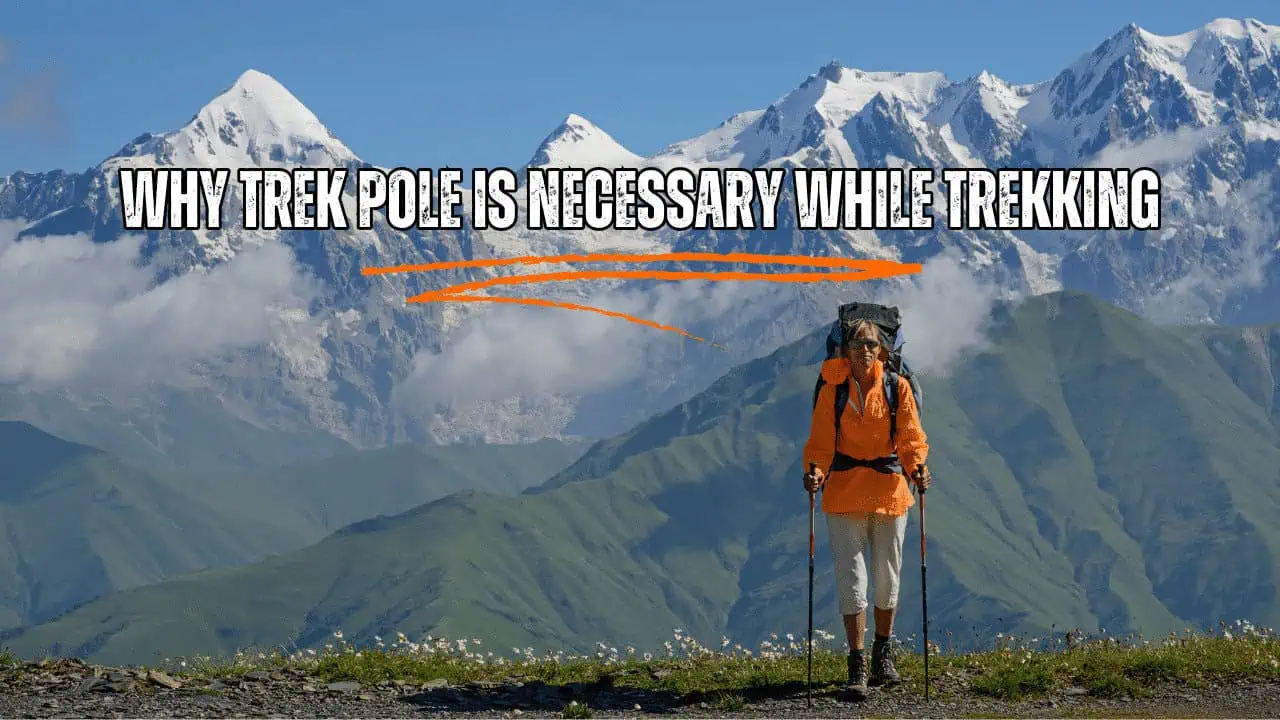
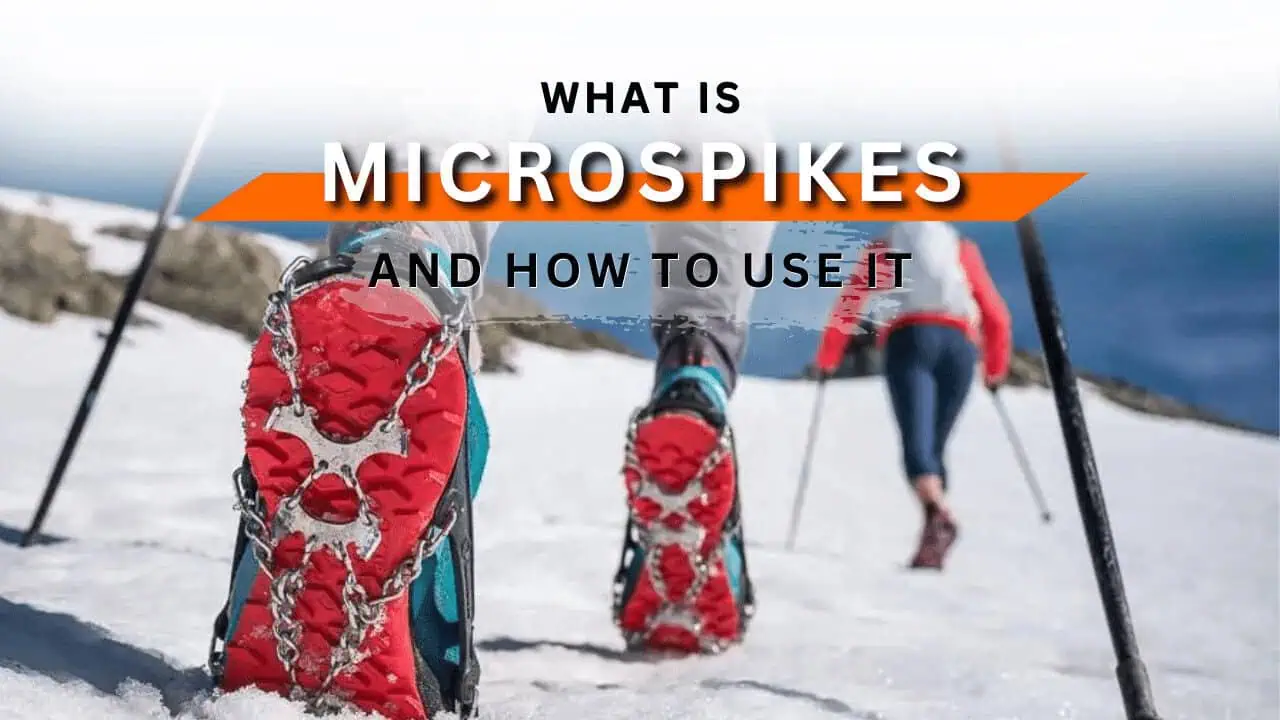


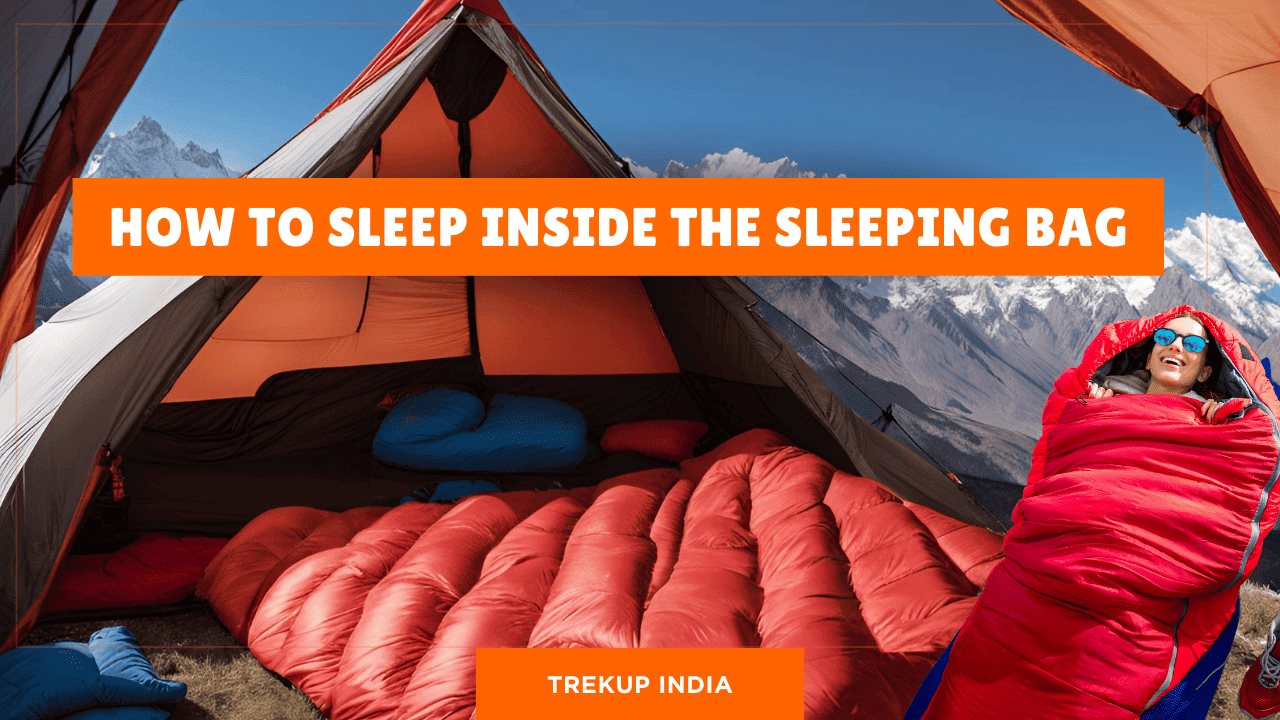

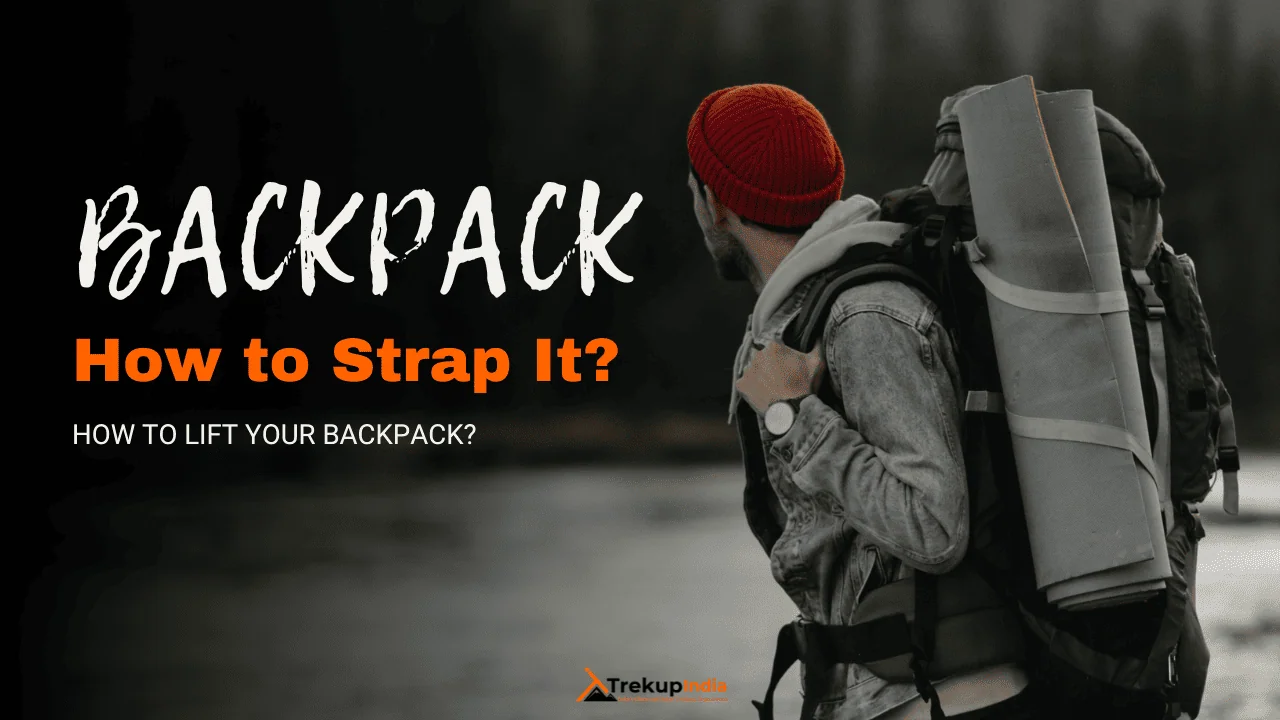
Know Everything About Acute Mountain Sickness
Acute Mountain Sickness is a medical condition that can occur when individuals travel to high altitudes, typically above 8,000 feet. It is caused by the decrease in air pressure and oxygen levels in the air as altitude increases. Symptoms of Acute Mountain Sickness may include headache, nausea, vomiting, dizziness, and difficulty sleeping. To avoid Acute Mountain Sickness, it is important to gradually adjust to high altitudes and seek medical attention if symptoms worsen. To learn more about this condition, check out the videos by Trekup India.
